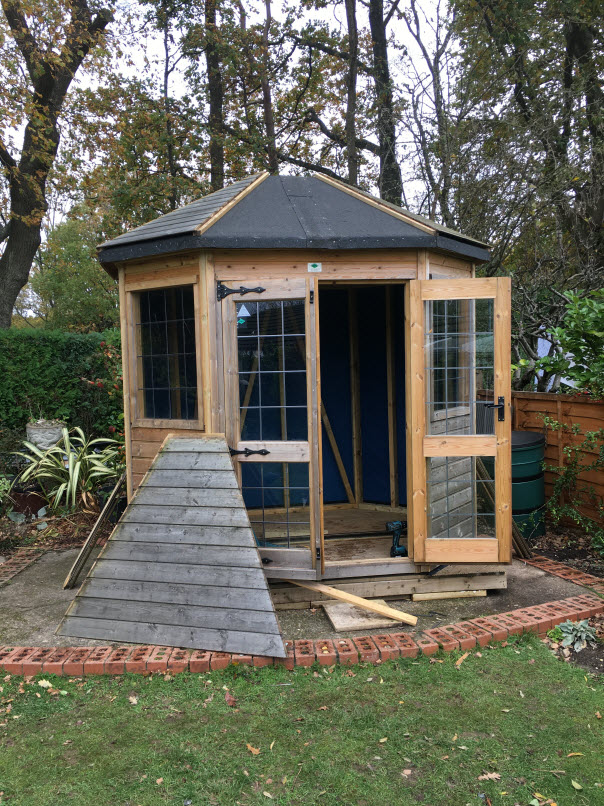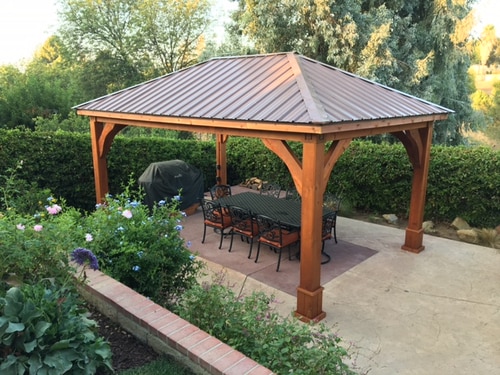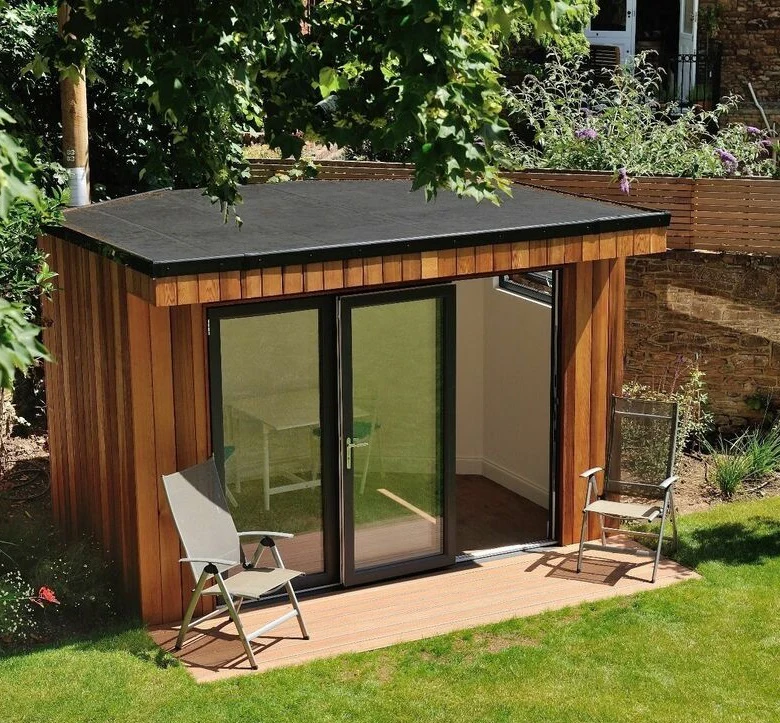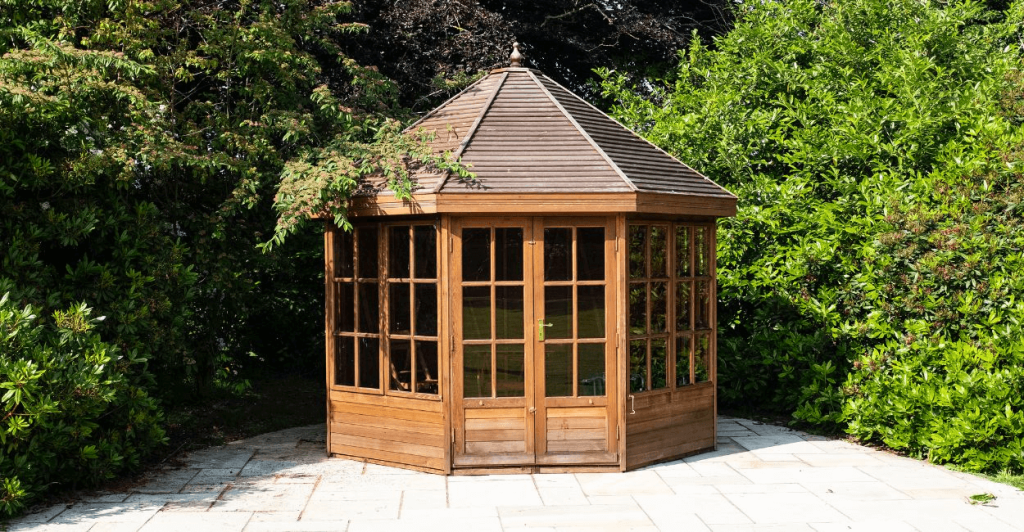Building a summer house is an exciting project. Whether it’s a peaceful reading spot, a backyard office, or a cozy escape, every detail matters, and the roof is one of the most important. The type of roof you choose affects not just the look of your summer house, but also how well it handles weather, how much maintenance it needs, and how long it lasts.
This guide isn’t about every step of building your summer house, it’s all about the roof. We’ll walk you through the most common roofing options, their pros and cons, and help you decide what makes the most sense for your space.
Factors to Consider
Before diving into material options, it’s essential to assess:
-
Roof Pitch: The angle of your roof affects water runoff and material suitability.
-
Aesthetic Appeal: Choose a style that complements your summer house design and surroundings.
-
Maintenance Requirements: Consider how much upkeep you’re willing to perform over the years.
-
Budget: Balance initial costs with long-term value and durability.
Roofing Material Options
1. Cedar Shingles
-
Pros: Natural beauty, excellent insulation, and blends seamlessly with wooded environments.
-
Cons: Higher initial cost and requires regular maintenance to prevent moss and decay.
-
Best For: Traditional designs aiming for a rustic, natural look.
2. Metal Roofing (Standing Seam or Corrugated)
-
Pros: Long lifespan (40-70 years), resistant to moss and algae, and excellent for shedding rain and snow.
-
Cons: Higher upfront cost and can be noisy during heavy rain without proper insulation.
-
Best For: Modern designs and areas prone to heavy rainfall.
3. EPDM Rubber Roofing
-
Pros: Ideal for flat or low-slope roofs, durable, and low maintenance.
-
Cons: Less aesthetically pleasing and can be punctured by sharp objects.
-
Best For: Flat-roofed summer houses or contemporary designs.
4. Bitumen Felt Shingles
-
Pros: Cost-effective and easy to install.
-
Cons: Shorter lifespan and less visually appealing.
-
Best For: Budget-friendly projects with simpler designs.
5. Green (Living) Roofs
-
Pros: Eco-friendly, provides natural insulation, and enhances biodiversity.
-
Cons: Requires structural support, higher initial cost, and ongoing maintenance.
-
Best For: Eco-conscious homeowners looking to integrate their summer house with the natural environment.
Our Recommendation for Vancouver Island
Considering the island’s damp climate and the desire for low-maintenance, durable solutions, we recommend:
-
Metal Roofing: Its longevity and resistance to moss make it ideal for the wet conditions of Vancouver Island.
-
Cedar Shingles: For those prioritizing aesthetics and a natural look, cedar offers beauty and insulation, provided regular maintenance is undertaken.
-
EPDM Rubber: Suitable for flat-roof designs, offering durability and minimal upkeep.
Each of these options balances durability, maintenance, and aesthetics, catering to various preferences and designs.






